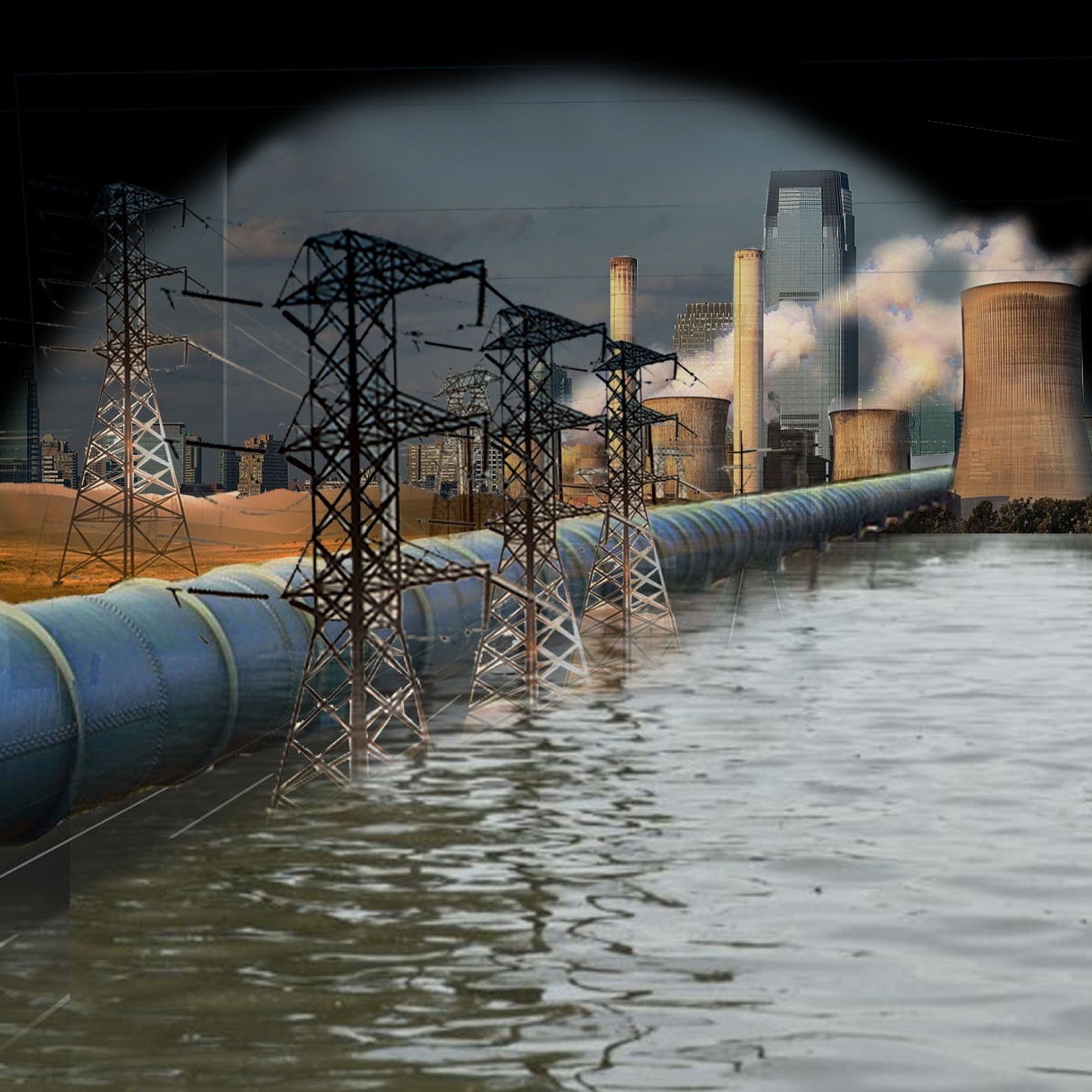New Jersey State Resiliency Plan
Transportation and energy production are the two top producers of CO2 in New Jersey. When storms hit, access to energy is the number one need for a working and increasingly tech focused economy. As population continues to increase and the need for affordable and climate resilient housing becomes apparent, can we design our communities to be more dense, accessible, and energy efficient? Thus the proposal for Live.Work. Survive. Infrastructure orientated development for an adaptable future.
8 power plants in New Jersey emit 20 million metric tons of CO2, 10% of the state’s total emissions. Hurricane Sandy left over 3 million people without power. And lost $25,000,000,000 in business activity. During storms, wind and flooding are the main causes for power outages due to their impact on the external energy infrastructure. Microgrids are a solution to this problem, they decentralize the energy and use a multi-sourced meshed network, through an energy router to communicate and to disseminate energy. In order to be resilient and to reach 50% renewable energy by 2030 New Jersey needs a plan for a grid of microgrids. See the right for inputs of analyses for a Microgrid State-Wide Plan.













